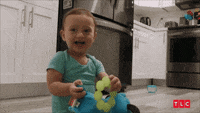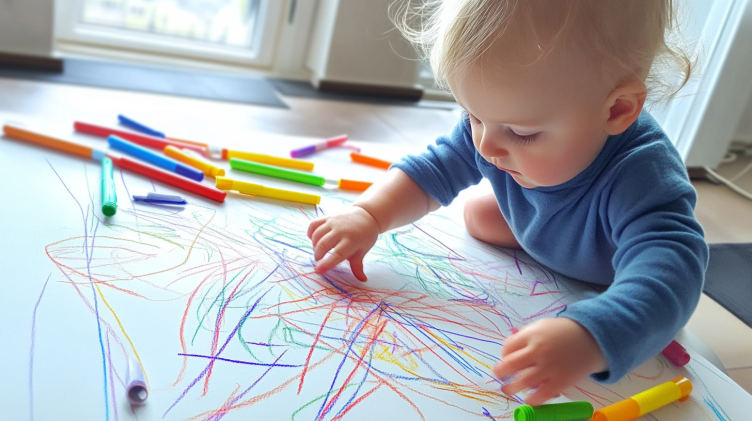As your child grows, you may notice they seem to be getting more “naughty.” From sucking their fingers to tossing things around the house, it can feel like the mischief never stops. But before you panic, take a moment to consider that these behaviors might actually be signs of your child’s growing intelligence and development.
Here are 6 common behaviors that might look mischievous but actually signal that your child is getting smarter and becoming more independent. Let’s explore them!
1. Everything Goes into Their Mouth
This behavior is common in babies from 0 to 2 years old during the oral phase. Babies explore their world through their mouths, sucking and chewing on objects to understand texture, taste, and temperature. This is also a way to soothe the discomfort caused by teething.
Why it’s smart:
- Using their mouths for exploration helps babies develop motor skills and hand-eye coordination.
- It also stimulates their immune system and helps them adapt to their environment.

Parental Tip:
- Offer safe toys and teethers for your baby to chew on, ensuring they are stimulating yet safe for their development.
- You can also chill teethers in the fridge for extra relief during teething.
2. Ripping Paper
Starting around 4-5 months old, babies begin tearing paper. They initially use their whole hand to grab it, but by 10 months, they start using their thumb and index finger to tear paper.
Why it’s beneficial:
- Tearing paper strengthens hand muscles, helping to develop fine motor skills.
- It also improves hand-eye coordination, and when both hands are engaged, it enhances bilateral coordination.

Parental Tip:
- Use tissue paper, scrap paper, or even vegetables to let your child explore different textures.
- Encourage your child to tear paper as part of a fun learning activity.
3. Throwing Things
Around 1 year old, many toddlers start intentionally throwing things. This is not just about causing a mess; it’s part of their exploration of cause and effect. By throwing things, they are discovering how their actions lead to results.
Why it’s a sign of growth:
- Throwing things helps improve large and small motor coordination.
- It teaches balance and body awareness, as well as planning actions and their consequences.

Parental Tip:
- Provide soft toys or balls for your child to throw, teaching them how to play safely.
- If your child throws food, avoid too much intervention and offer small portions to avoid waste.
4. Scribbling Everywhere
Around 1.5 to 2 years old, kids go through a phase of “uncontrolled drawing” or scribbling. While this may seem like random mess-making, it’s an important part of their cognitive and motor development.
Why it’s important:
- Scribbling is a form of self-expression and aids cognitive development.
- It helps with hand-eye coordination and promotes imagination.

Parental Tip:
- Let your child explore free drawing, and avoid restricting their creativity.
- Provide them with larger paper or even a drawing board to give them more space to explore.
5. Talking Back
Starting around the age of 2, many children begin to talk back. This isn’t simply defiance; it’s a sign of growing independence and self-awareness.
Why it happens:
- As per Erikson’s psychosocial stages, children at this stage begin to explore autonomy and self-control, which can result in challenging authority.
- It’s a part of the development of their social and cognitive skills.

Parental Tip:
- Stay calm and listen to your child’s reasons. Try to understand the underlying emotions or desires.
- Offer limited choices to help them feel empowered, while still maintaining boundaries.
6. Lying
By 3 to 5 years old, many children begin to tell “lies.” While these may seem like harmless fabrications, they’re a sign of cognitive growth.
Why it happens:
- As children develop a theory of mind, they begin to realize that others may have different thoughts and perspectives, which allows them to hide certain truths.
- Lying also helps children learn social rules and strategies for navigating complex social situations.

Parental Tip:
- For children under 5, try not to overreact to lying. Instead, understand the underlying motivation and encourage honesty.
- For children aged 5-7, it’s important to focus on fostering an open, trusting relationship and rewarding truthful behavior.
Conclusion
It’s important to remember that these “naughty” behaviors are actually part of your child’s growth and development. They are not being mischievous for the sake of mischief; rather, they are learning about the world around them, testing boundaries, and developing crucial skills. So, the next time your child engages in one of these behaviors, remember: they may just be getting smarter!



















